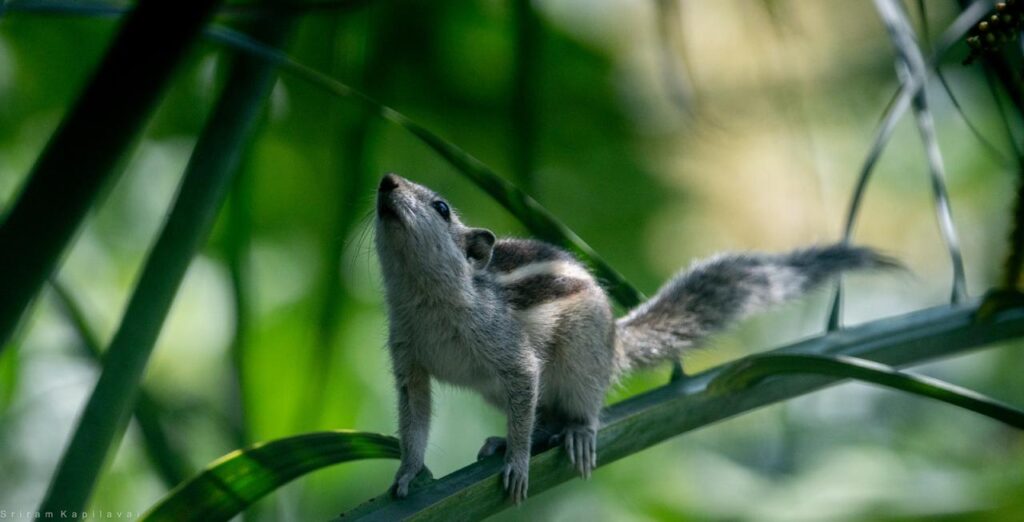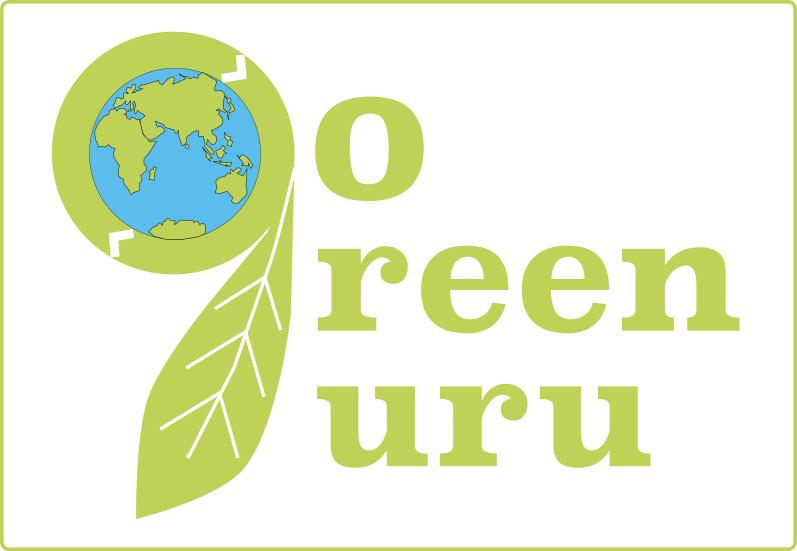My Wild Front

Urban Wildlife sounds like an oxymoron. The truth of the matter is that though humans have taken over urban spaces, wildlife still manages to survive in the niche enclaves around us. This is my wild front.
I grew up in an ordinary house with an ordinary life. I’m not someone who grew up with folks interested in the wild, nor someone who had a prodigious connection with animals. It took the shutting down of the world during the pandemic, for me to look closer into the world around me. It was the first time I began noticing how tiny, simple pools of water would burst into playgrounds of life. It wasn’t long after that I began caring. All I had to do was observe patiently, and nature unraveled itself, showing its vulnerability and beauty.

I’ve often wondered why our regard for the little bits of life around us is stingy. Let’s talk birds. Life comes in all shapes and colours, but I’ve always found it intriguing how this embodiment that begins so differently from us – as a beak, ends so similarly to us – with toes. They go on about their lives, in perfect coexistence with us, never once crossing our paths directly.

The idea of “urban wildlife” is beautiful; these are two words that carry hope. Hope that we haven’t overtaken nature yet, it’s still around us. However, I’ve always liked how there is a parameter for what counts as ‘urban wildlife’. Fluttering butterflies, creepy crawlies, darting squirrels, camouflaged chameleons are all part of this urban wildlife. Urban Forests and greenery play an important role in sustaining urban wildlife.
I’ve always wanted to make people understand that conservation isn’t a sentiment, it’s a science – based on empirical research, data and evidence. It’s the science that saves not only the life around us but ours too.
However, the beauty in urban wildlife remains in the fact that they are signs of endurance. Thriving in the little we leave for the rest of the world shows nature’s convalescence. What’s unfortunate is how humans are no longer a part of the natural world, despite being a product of its processes. A complete return is improbable and a complete detachment would push us over the tipping point. Balance is a heavy word, one we must burden ourselves with.
Featured Image Credit: Squirrel on a branch by Sriram Kapilavai

Responses